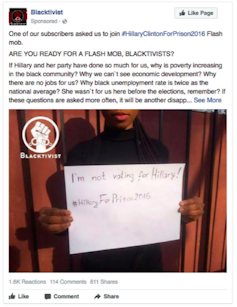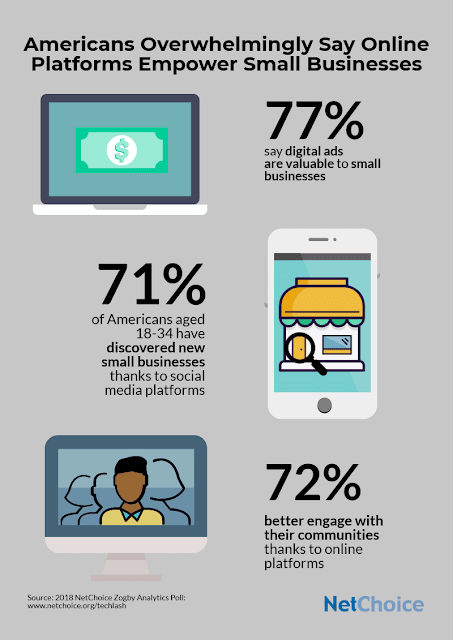 |
| What is SEO and How Can It Help Your Business? (Photo by Designecologist from Pexels) |
How do search engine algorithms work?
Search engine algorithms are the result of years of research, coding and data collection. It would take pages and pages to explain the ins and outs of how they function, but here are the basics:- The more a website is clicked on, the further up the list it goes. Did you ever wonder why, if you search a basic item like a dustpan and brush into Google, the first sites listed are the giant corporations like Amazon? This is because they are the most clicked-on sites, so Google’s algorithm bumps them up the ladder. The algorithm uses the number of clicks and follow-throughs used on a site to determine how important it is, and ranks it accordingly in the list.
- Keywords matter. A search engine algorithm determines what category of search your website should come under by assessing the keywords involved. For example, if you run a blog about floristry, ‘floristry’ is not the only word people will search to find you. It could be ‘flower arranging’ or ‘how to make flowers look pretty in a vase.’ With the right keywords, Google can associate many different searches with your blog, thereby bumping it up the list.
How does SEO come into this?
You might be thinking, how does SEO come into all this? SEO stands for Search Engine Optimisation, and is essentially a set of tools and techniques which help Google assign your website to greater importance, and therefore rank it highly on more searches. This means that, if you sell a product which is also sold by thousands of other retailers, your site will be one of the first to be found on Google. It can increase footfall, help spread awareness of your brand and boost profits too.How does SEO work?
Getting SEO right means including the right keywords; backlinks, which help connect your site with other relevant sites and increase traffic; and, crucially, help footfall to your website without paying advertisers or bankrupting yourself on marketing strategies.If you aren’t sure how SEO works, it is advisable to contact an SEO Agency who specialise in helping websites achieve more clicks based on search engine results. It could be by featuring blogs on your page which contain keywords and backlinks, or through more advanced SEO tools such as hyperlinks.
Building a website is one task; getting people to click on it is another. Maximise your chances with an SEO strategy and help your business achieve even greater things.

































